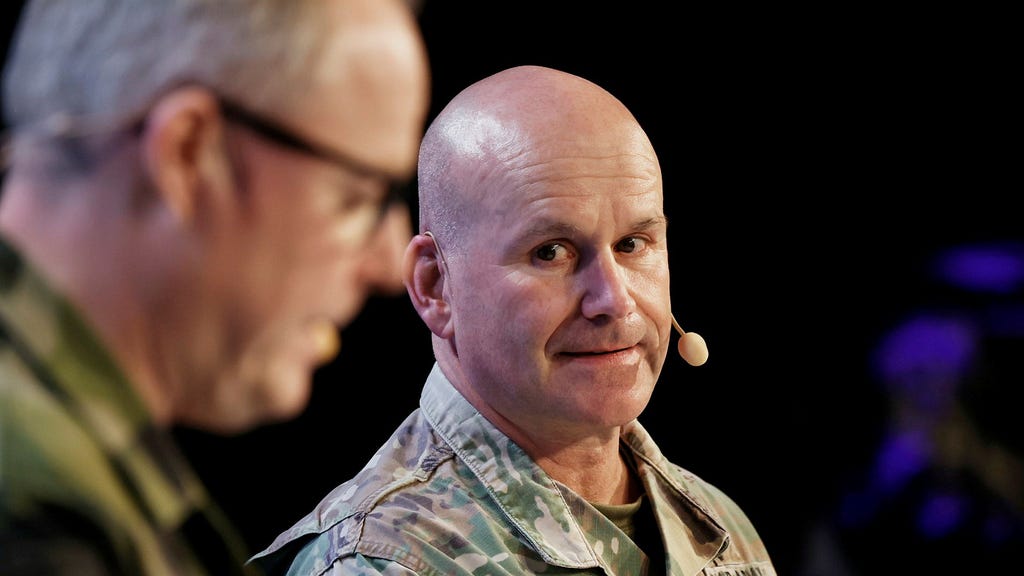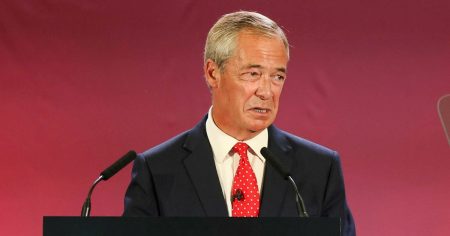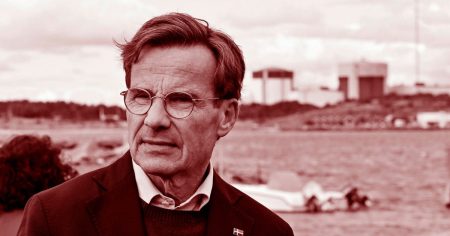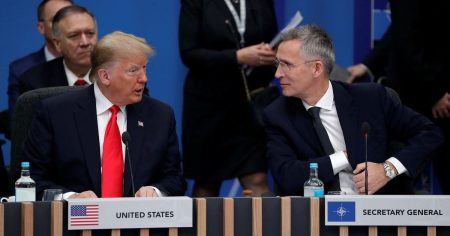The recent Folk och Försvar national conference in Sälen, Sweden, unfolded against a backdrop of both newfound consensus and looming financial uncertainty in Swedish defense policy. Just weeks prior, eight political parties had agreed to a historic increase in defense spending, targeting 2.6% of GDP. However, the dominant theme of the conference revolved around the adequacy of this commitment in the face of a rapidly evolving geopolitical landscape. NATO’s Supreme Allied Commander Europe, General Christopher Cavoli, lauded Sweden’s defense efforts, encouraging ”more of the same,” yet hinted at a significant caveat: impending NATO capability requirements.
The crux of the issue lies in NATO’s quadrennial defense planning process, set to update capability targets this fall for the first time since the war in Ukraine began. General Cavoli intimated that these revised targets would demand substantially more investment than the 2% GDP benchmark, and even beyond Sweden’s newly pledged 2.6%. This effectively renders the recent defense agreement, designed to cover the next five years, obsolete, necessitating a fresh assessment and further funding. This financial reality was echoed in the pronouncements of Prime Minister Ulf Kristersson and Finance Minister Elisabeth Svantesson, who both emphasized the nation’s capacity to defend its freedom, underscoring the cost of its potential loss.
The conference was marked by an unusual degree of political harmony, raising concerns among some journalists about the potential dangers of such unanimity. While eight parties concurred on the necessity of bolstering defense capabilities against emerging threats, the specific financial commitment remains a point of contention, yet to be determined. Pressing questions from journalists regarding the extent of future increases were met with predictable reticence from government officials. The forthcoming budgetary adjustments will be driven by international negotiations, first within Europe and then with the incoming Trump administration, adding layers of complexity to the decision-making process.
The upcoming defense spending negotiations represent a significant departure from Sweden’s traditional approach. Previous budgetary allocations were determined by a domestic logic, with resources allocated based on the priorities of Swedish parliamentarians. However, the new requirements will be shaped by NATO expertise, and the final budget will be the product of intricate negotiations between Europe and the United States. This transatlantic bargaining will be heavily influenced by the demands of the Trump administration for increased European defense spending, balanced against the practical constraints and financial realities of individual nations. The culmination of these discussions is expected at the NATO summit in The Hague in late June. Until then, clear answers regarding future defense spending will remain elusive, punctuated by potentially dramatic pronouncements, such as Trump’s anticipated call for 5% GDP commitments, which should be interpreted within the context of the ongoing negotiations.
The pervasive atmosphere at the Sälen conference was one of seriousness and broad consensus. This unusual level of agreement triggered discussions about the potential pitfalls of such unity. While Sweden’s political landscape is often characterized by rapid shifts in ideologies and perspectives, the nation’s inherent ”flock mentality” has resulted in a unified stance on defense matters. Similar to the consensus on essential public services like roads and hospitals, there is a shared understanding of the need for a robust defense capability. Although debates persist about the specifics of its implementation, the eight major parties agree on the need for long-term, substantial investment to address evolving military and non-military threats.
The complexities of defense planning are further underscored by the long-term nature of its processes. Current deliberations on future fighter jet acquisitions, for instance, are intended to address needs decades into the future, highlighting the need for strategic foresight and consistent commitment. In the realm of defense and security policy, simply outperforming the previous year’s efforts is insufficient. The pace of strengthening national defense must exceed the rate at which the global security landscape deteriorates. This principle of proactive enhancement is crucial for maintaining national security. However, as highlighted by Security Police chief Charlotte von Essen, the current global environment remains susceptible to rapid deterioration, posing a significant challenge that requires continuous adaptation and sustained investment in defense capabilities.














